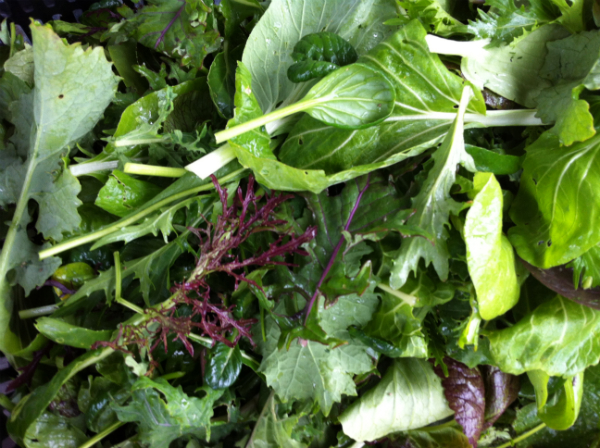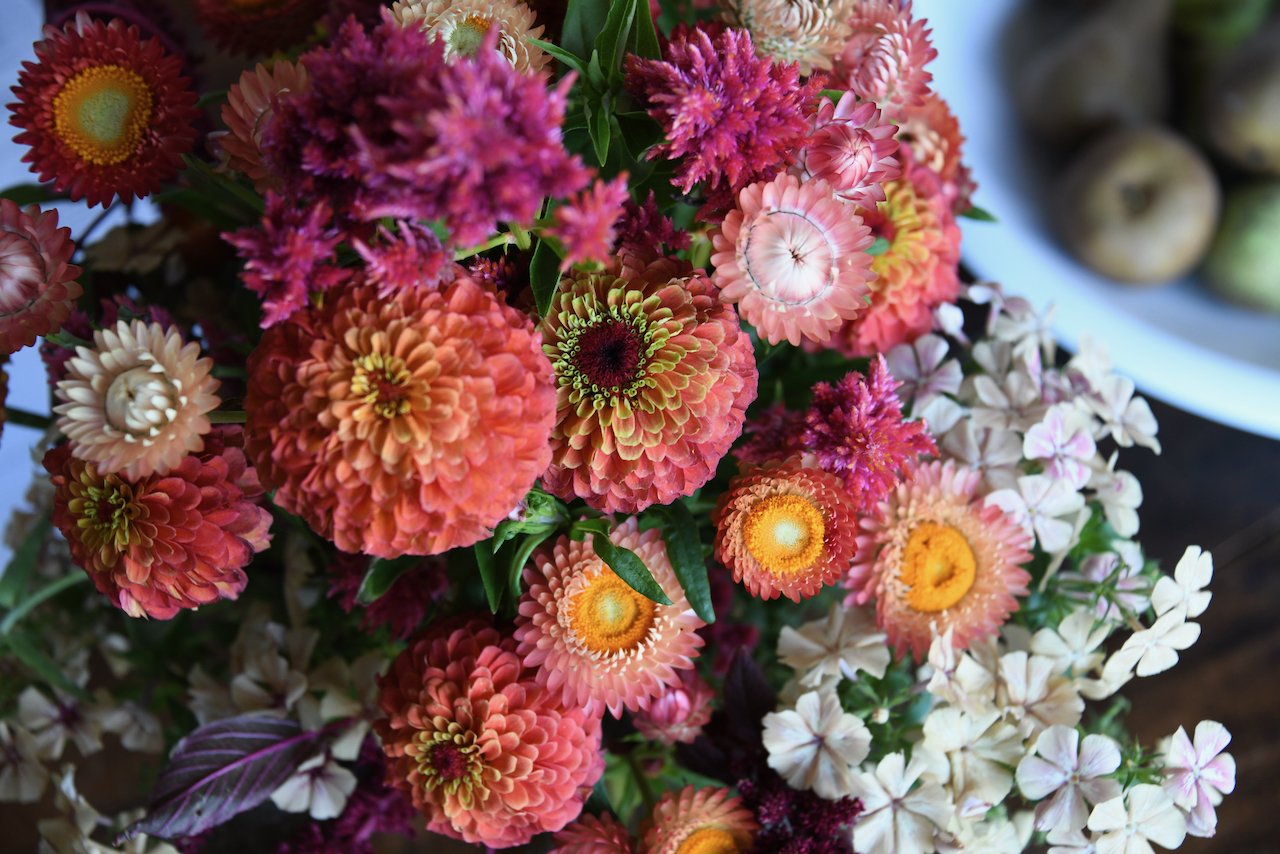Black Rice, Rocket, Bean and Semi-Dried Tomato Salad
/This salad is very versatile. You can use asparagus and broad beans in early Spring, peas and baby carrots or beans and grilled zucchini. Ingredients 250g black rice 250 grams of mixed coloured beans, steamed and cut into 2 cm pieces 100 grams of sugar snap peas, steamed and cut into bite size pieces 3 spring onions, roughly chopped or the top of an onion 3/4 cup semi-dried tomato coarsely chopped 250 grams baby rocket 1 lemon 6 tbsp extra virgin olive oil 1 large clove of garlic, crushed 2 tbsp white balsamic vinegar Sea salt and (lots of) freshly ground black pepper
Method 1. Cook rice in a medium saucepan of boiling salted water until tender, 35-40 minutes. Drain well, spread out on a plate or a rimmed baking sheet, and let cool. 2. While the rice is cooking, steam beans until tender. Remove from heat and set aside to cool. Cut the beans into bite size pieces. Steam sugar snaps until they sweat. Remove from heat and place into iced water. Cut into bite size pieces 3. Wash and spin the rocket. lay onto a wide salad tray. 4. When the rice is cool, sprinkle over rocket. Add cooled beans and semi-dried tomatoes. 5. In a container mix the dressing of olive oil, white balsamic vinegar, garlic, salt and pepper. Dress the salad. Then zest the lemon and its juice over the top. Source - Jane Clift - One of our CSA members

























